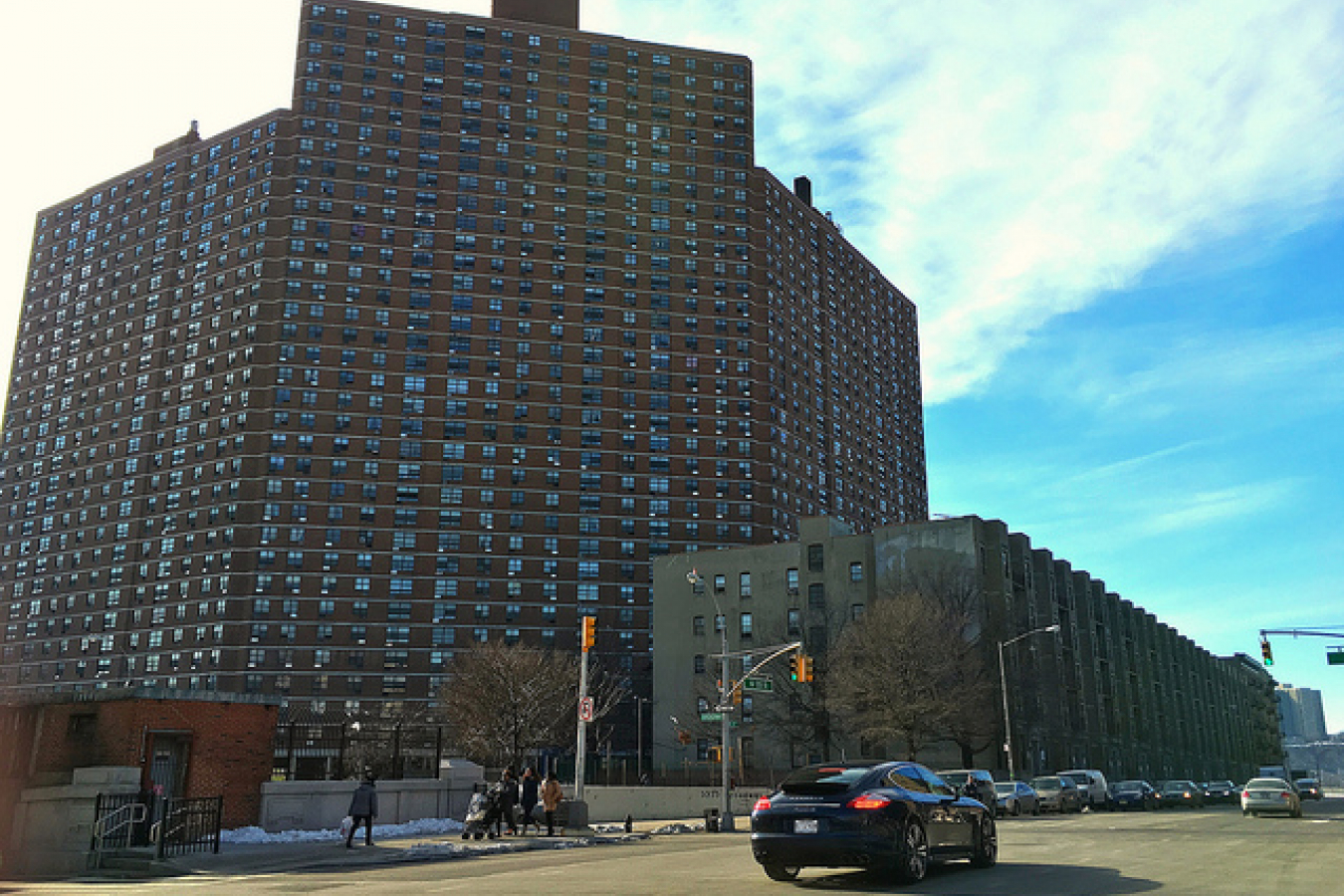 • Media Center » Video Immigration News
• Media Center » Video Immigration News 
United States Citizenship and Immigration Services (USCIS) has released details of a hearing before a US House of Representatives subcommittee USCIS explained delays immigrants face in having their visa applications processed in a timely manner.
The Hearing on Wasted Visas, Growing Backlogs, took place on 30 April 2008 before the House Subcommittee on Immigration, Citizenship, Refugees, Border Security, and International Law. The hearing was held to investigate why some immigrants must wait long periods of time to be issued a visa and why some visa quotas were coming up short due to the delays.
Speaking before the subcommittee, Associate Director for Domestic Operations Michael Aytes explained how the visa system works at USCIS and how his bureau interacts with the Department of State (DOS), which also issues visas.
"The Department of State administers the provisions of the Immigration and Nationality Act (INA) that relate to the numerical limits on immigrant visa issuance," Aytes explained.
"However, DOS and USCIS must work closely in this respect because visas issued by DOS and adjustment of status granted by USCIS draw down from the same pool of limited numbers. Close and careful coordination ensures that annual limitations are not exceeded, and also helps us jointly strive to use all available visa numbers when there is sufficient demand," he added.
After giving an overview of US visa policy, Aytes stated that his department is working on a more efficient foundation due to improvements in how visas are processed.
"After the events of the Summer of 2007, this year, we have built on that foundation and are better equipped to accurately assess and effectively manage the process to ensure that all available visa numbers are utilized," Aytes said.
Aytes said that a total of 1,052,415 people became US permanent residents in 2007. The leading countries of birth for these new immigrants were Mexico (14 percent), China (7 percent), and the Philippines (7 percent).
In a previous hearing, USCIS Director Emilio Gonzalez had to explain how his department became mired in a massive backlog resulting from a fee increase during the summer of 2007. The fee increase was partly justified to fund a more efficient USCIS.




